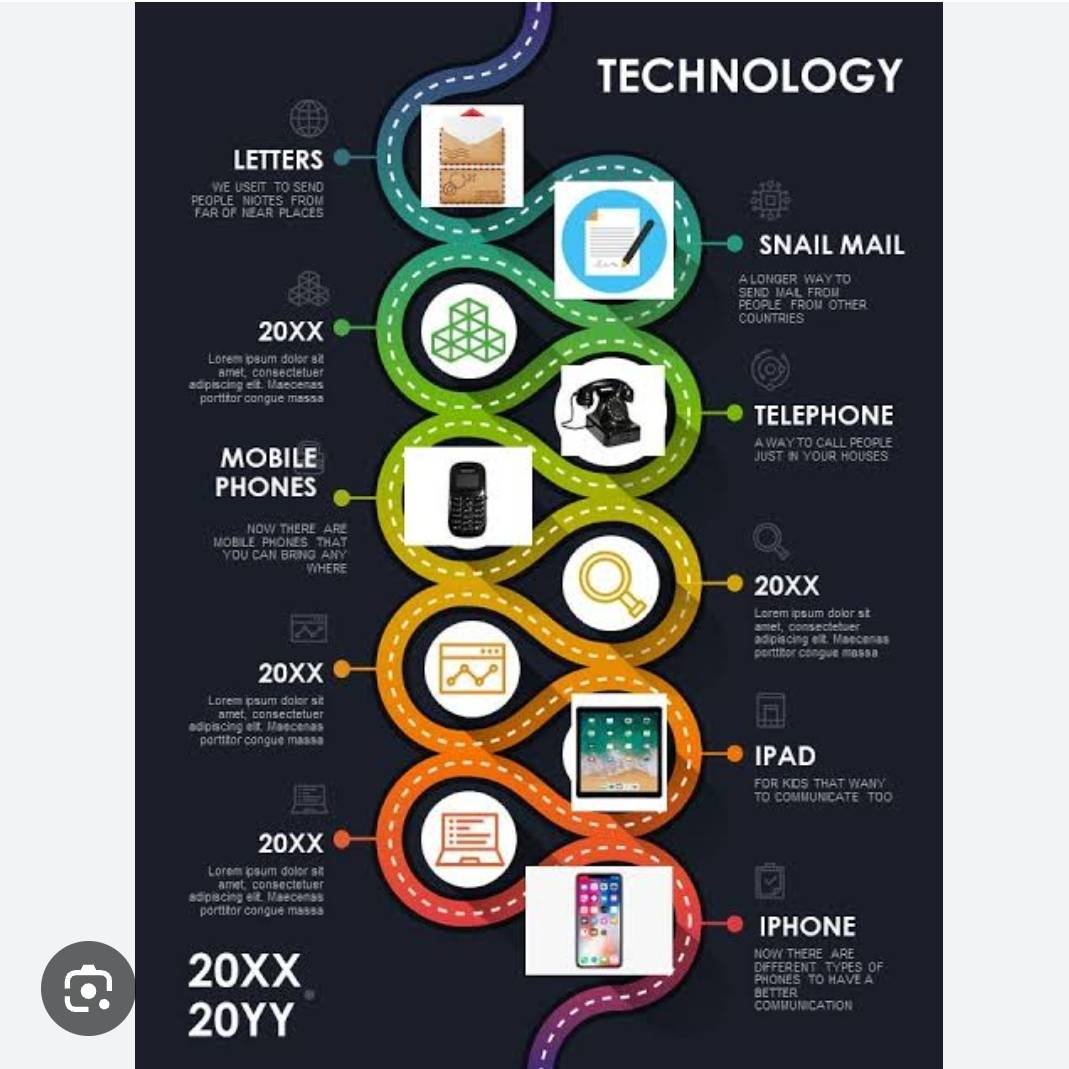The Evolution of Technology: From Primitive Tools to Advanced Innovation
Technology has evolved dramatically throughout human history, shaping our societies, economies, and cultures in profound ways. From the simplest stone tools of our ancestors to today's sophisticated digital systems, technology has been a driving force behind human progress. Understanding the evolution of technology helps us grasp how far we've come and where we might be headed in the future.
1. The Prehistoric Era: The Dawn of Tools
The first significant step in technology was the development of simple tools. Early humans created tools from stone, wood, and bone, which helped them hunt, build, and survive in harsh environments. The Stone Age marked the initial phase of technological development, with early tools such as flint blades and hand axes being used for tasks like cutting and building shelters.
Around 2.5 million years ago, early humans started to shape stones into tools, marking a major advancement in their ability to interact with the environment. These simple tools laid the foundation for all subsequent technological innovations.
2. The Agricultural Revolution: Harnessing Nature
The Agricultural Revolution, which began around 10,000 years ago, was another pivotal moment in technological evolution. Early humans transitioned from being nomadic hunters and gatherers to settled agricultural societies. This shift led to the development of more advanced tools and techniques for farming, such as plows, irrigation systems, and the domestication of animals.
Agriculture allowed for the production of surplus food, which in turn supported larger populations and the rise of civilizations. It also sparked the development of other key technologies, such as writing, the wheel, and metalworking, which would shape human history for millennia to come.
3. The Industrial Revolution: Mechanization and Mass Production
The Industrial Revolution, which began in the late 18th century, was a major turning point in the history of technology. It marked the shift from manual labor and agrarian economies to machine-based manufacturing. Key inventions during this period included the steam engine, the spinning jenny, and the power loom.
The steam engine, in particular, revolutionized transportation and industry. It powered trains, ships, and factories, enabling mass production and global trade. This period also saw the rise of urbanization as people moved from rural areas to cities in search of work. The Industrial Revolution laid the foundation for modern economies and the technological advancements that followed.
4. The Digital Revolution: The Rise of Computers and the Internet
In the mid-20th century, a new era of technology began with the advent of computers and digital systems. The first computers, such as the ENIAC (Electronic Numerical Integrator and Computer), were massive machines used primarily for scientific and military applications. Over time, computers became smaller, more powerful, and more accessible to the public.
In the 1970s and 1980s, the personal computer revolutionized how people worked, communicated, and accessed information. Companies like Apple, IBM, and Microsoft played key roles in making computers affordable and user-friendly. The development of the internet in the 1990s further transformed society, enabling instant communication, global connectivity, and the rise of the information economy.
The digital revolution brought about a world of possibilities, including email, social media, e-commerce, and the ability to store and process vast amounts of data. The internet has become a fundamental part of modern life, and digital technologies continue to evolve rapidly, leading to innovations such as artificial intelligence, machine learning, and blockchain.
5. The Age of Artificial Intelligence and Automation
As we move into the 21st century, one of the most significant technological developments is artificial intelligence (AI). AI encompasses a wide range of technologies that allow machines to perform tasks that typically require human intelligence, such as understanding natural language, recognizing patterns, and making decisions.
AI is already being used in various industries, from healthcare (for diagnosing diseases) to finance (for predicting stock market trends). Automation, driven by AI and robotics, is revolutionizing industries like manufacturing, logistics, and even customer service.
Self-driving cars, intelligent personal assistants like Siri and Alexa, and AI-powered chatbots are just a few examples of how AI is becoming an integral part of daily life. As AI continues to advance, it has the potential to transform nearly every industry, making processes more efficient but also raising questions about the future of work and ethical concerns surrounding its use.
6. The Internet of Things (IoT) and Smart Technologies
The Internet of Things (IoT) refers to the growing network of interconnected devices that communicate with each other through the internet. IoT technologies are already becoming commonplace in everyday life, with smart thermostats, wearable fitness trackers, connected appliances, and even smart cities emerging as part of this revolution.
The IoT is transforming how we live, work, and interact with the world. For example, smart homes use sensors to optimize energy usage, while wearables track our health metrics in real-time. In industries, IoT technologies are improving efficiency, reducing costs, and enabling real-time monitoring of processes.
While IoT has immense potential, it also raises concerns about privacy and cybersecurity, as the increasing number of connected devices creates new vulnerabilities for hackers to exploit.
7. The Future of Technology: Emerging Innovations
Looking ahead, the future of technology promises even more transformative developments. Here are a few areas where technology is expected to evolve in groundbreaking ways:
Quantum Computing: Quantum computers use the principles of quantum mechanics to solve problems at speeds far beyond the capabilities of classical computers. While still in its early stages, quantum computing could revolutionize fields like cryptography, materials science, and drug development.
Biotechnology: Advances in genetic engineering, CRISPR, and nanotechnology could lead to revolutionary breakthroughs in medicine, such as personalized treatments, gene editing to cure diseases, and even the possibility of extending human lifespan.
Space Exploration: Technologies like reusable rockets, developed by companies like SpaceX, are making space exploration more affordable and accessible. The potential for human colonization of Mars and beyond is becoming increasingly plausible.
Sustainable Technologies: As the world grapples with climate change, there is growing emphasis on developing technologies that reduce our environmental impact. Renewable energy sources, such as solar, wind, and tidal power, are becoming more efficient, while advancements in electric vehicles and carbon capture technologies offer hope for reducing global carbon emissions.
Conclusion
The evolution of technology has been a journey of continuous innovation, each new development building on the successes and failures of previous inventions. From the early stone tools to the cutting-edge digital technologies of today, technology has shaped the course of human history and will continue to do so in the future. As we move forward, it's crucial to embrace the potential of new technologies while also considering their ethical, social, and environmental implications.


